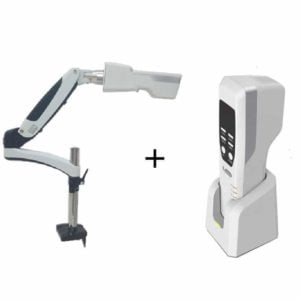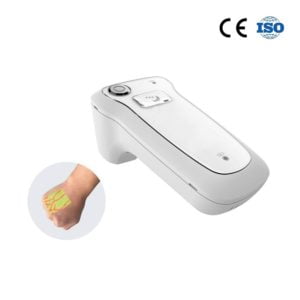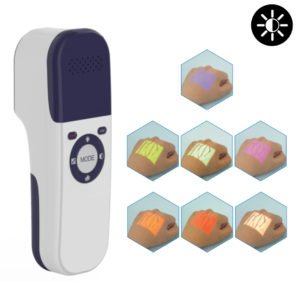Difference between Dialysis and Hemodialysis:
Dialysis replaces kidney function in renal failure. Dialysis filters the patient’s blood by removing waste and excess fluid from the patient’s body. These wastes are sent to the bladder for elimination during urination.
Hemodialysis:
Hemodialysis is the most common type of dialysis. This is an operation performed through a hemodialysis machine, which is an artificial kidney. The blood leaves the body through the tube and circulates through the dialysis machine, filtering and cleaning before returning to the body. The hemodialyzer is connected to the patient’s body through blood vessels. The most common way to connect to the main body of the hemodialyzer is:
Arteriovenous fistula (AVF): This technique connects the arteries and veins of any accessible part of the body (usually the arms or legs)
Vascular access catheters: used to insert into the patient’s neck Department of the large veins.
The importance of venous probes during hemodialysis.
Hemodialysis is very important for patients with renal failure and should be performed as carefully and safely as possible, especially when performed at least 3 times a week.
It is difficult to find the necessary veins or arteries, which makes the whole process very painful. Also, by repeatedly inserting the needle into the body, you can easily damage the problem vein.
How to make the procedure easier?
The patient’s invisible veins may be due to age (elderly), obesity, skin color, long-term dialysis, or any skin condition that affects the visibility of the veins.
In these cases, the vein detector is essential to make the whole process easier and safer. Portable Infrared Vein Finder: Vdetector-P3 uses near-infrared technology to interact with blood color and illuminate veins below the skin’s surface, mapping visible veins on the hands, arms, neck, etc. of the patient.
Vein Detector offers a wide range of products (portable, desktop, head-mounted 3D, etc.) with different accessories to meet the needs of physicians and patients. A patient on dialysis requires a scan depth equal to or greater than 10 mm, especially in the arm and forearm, to insert a fistula or catheter.




